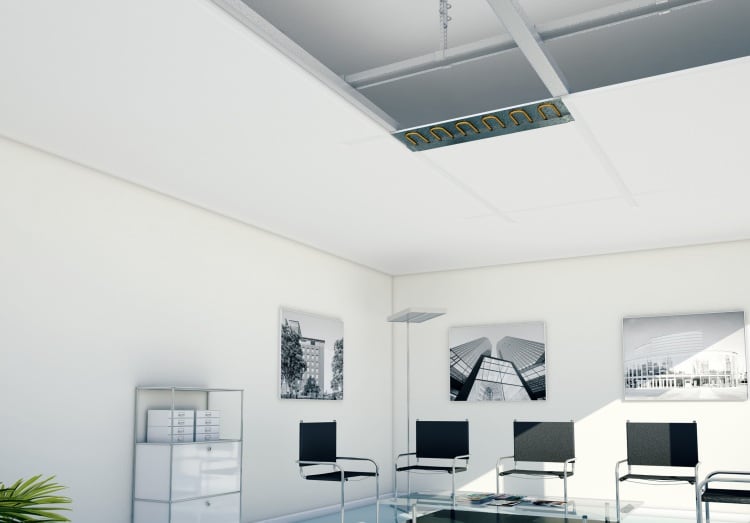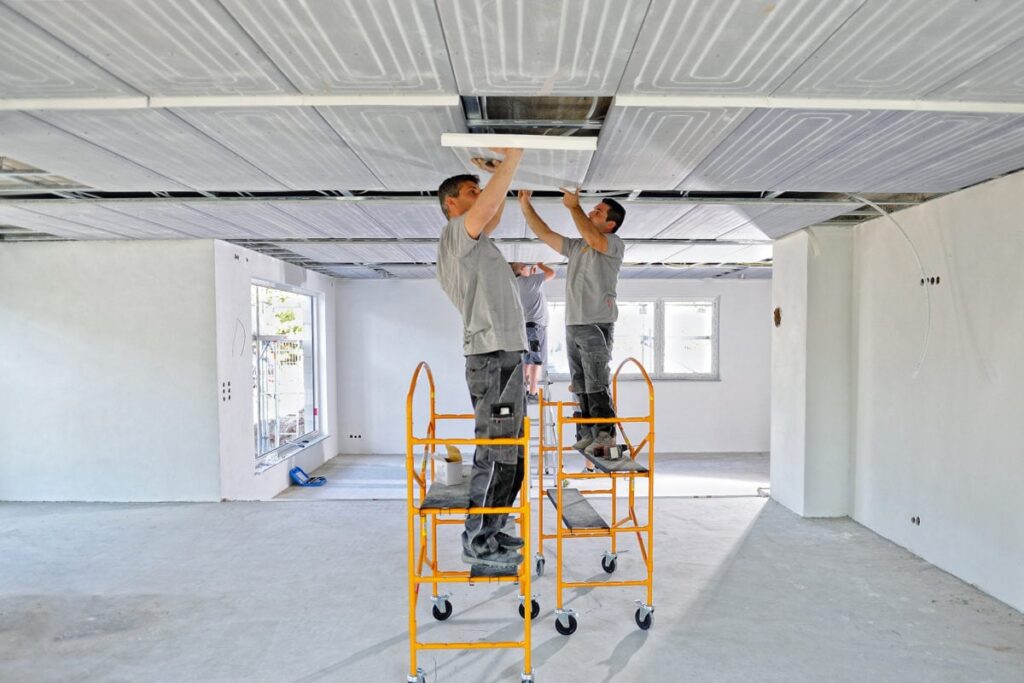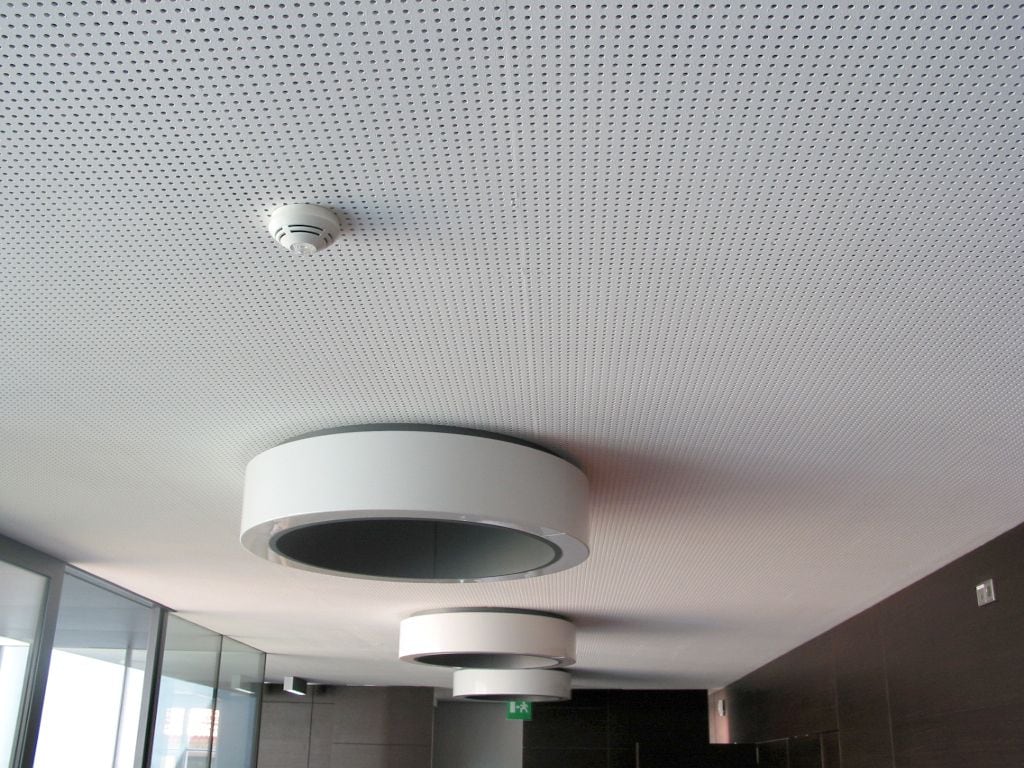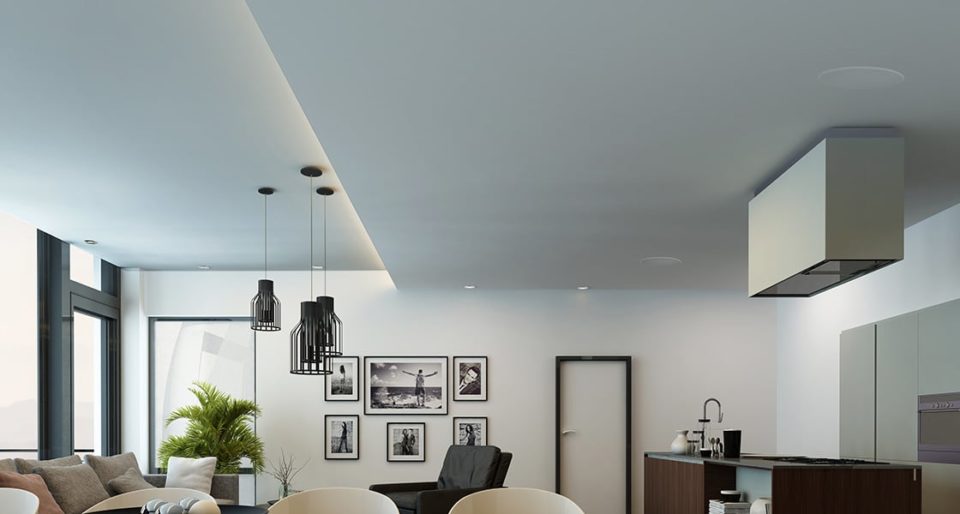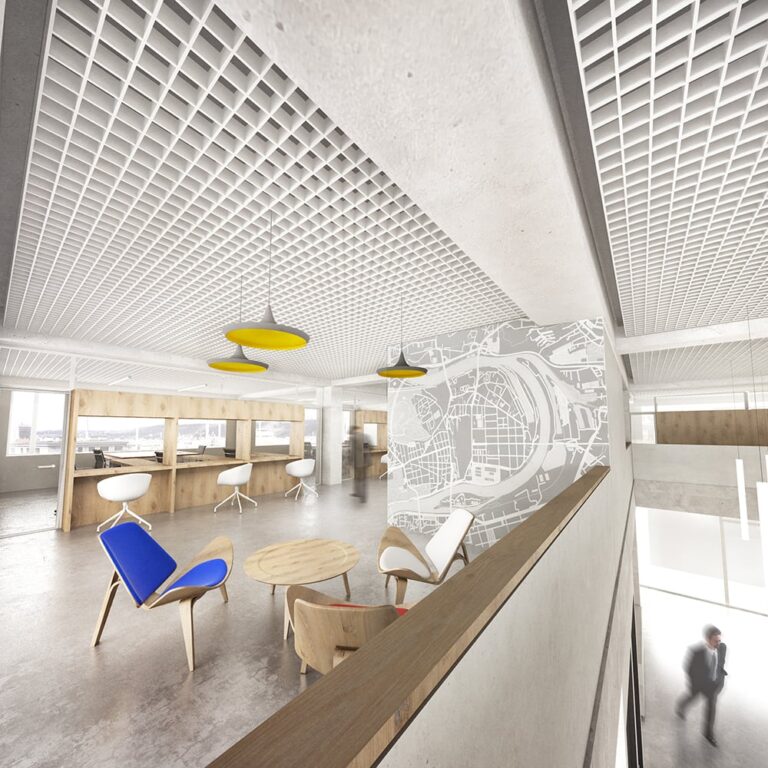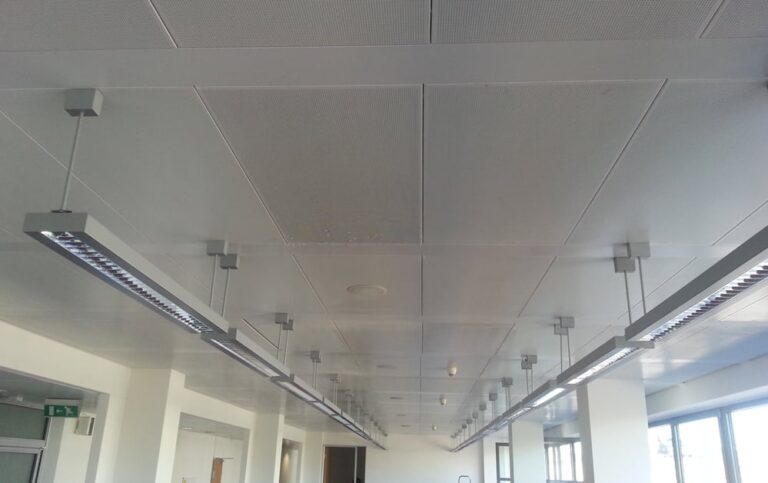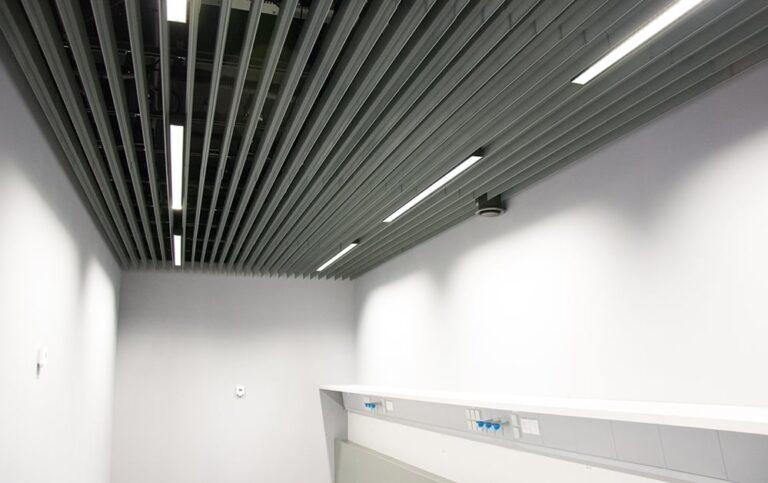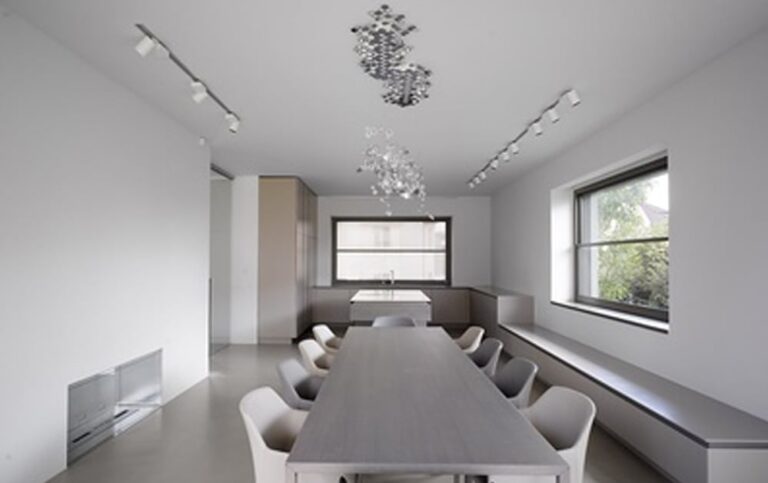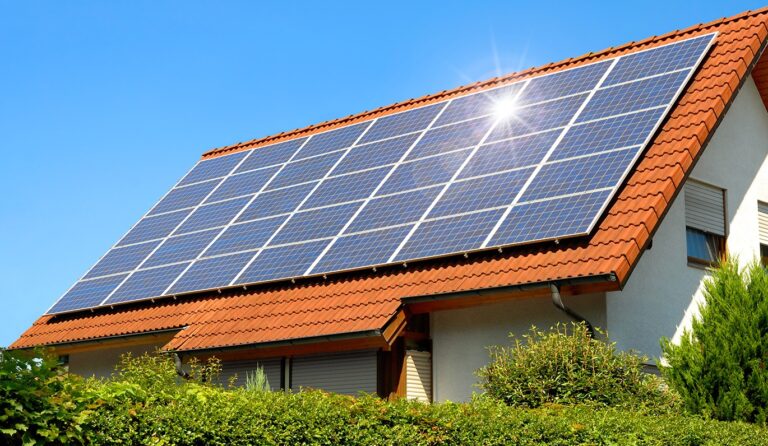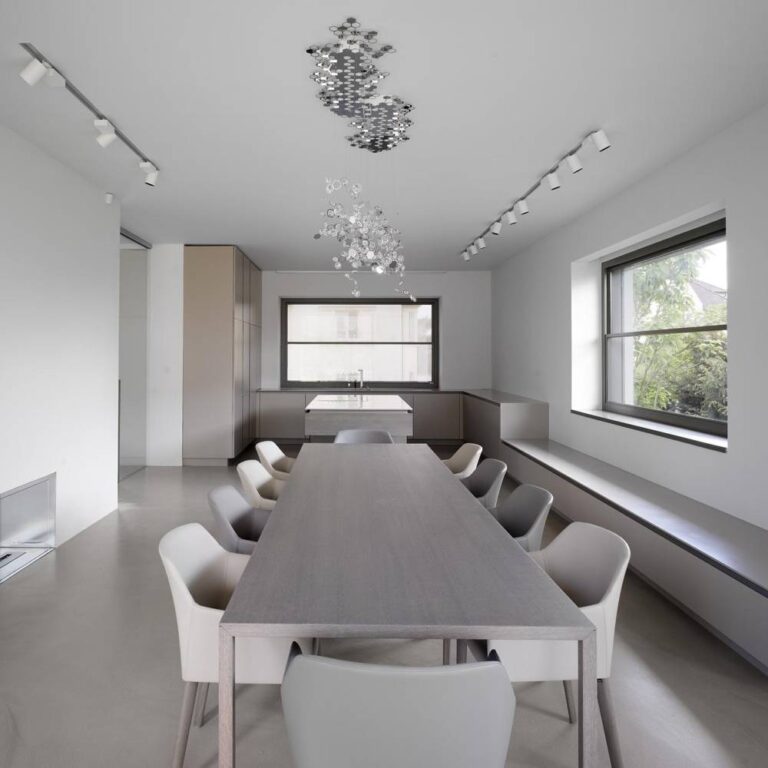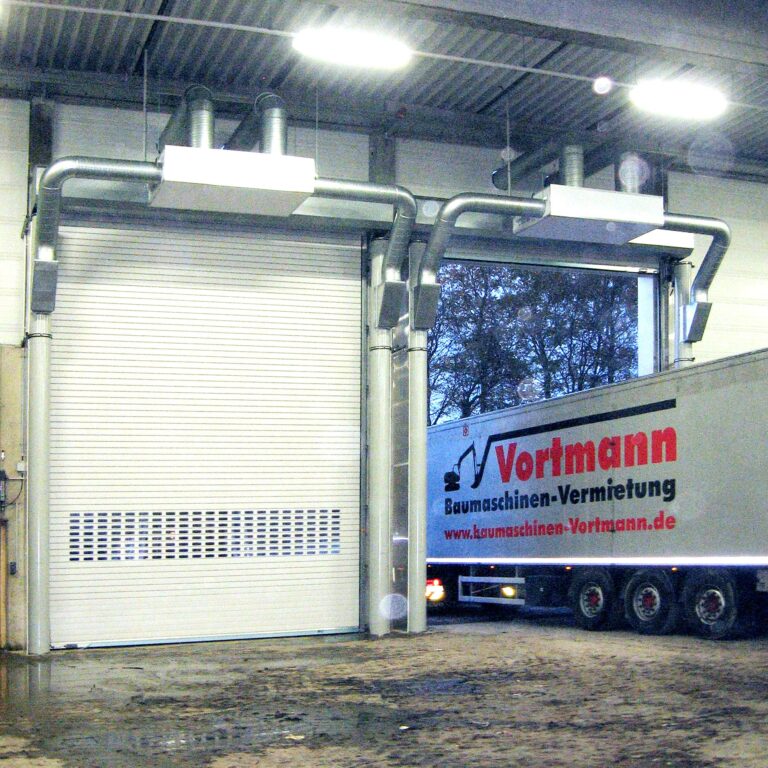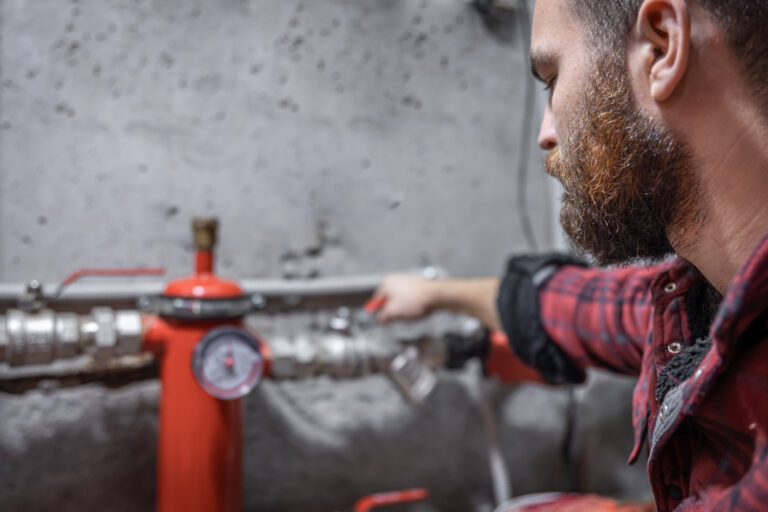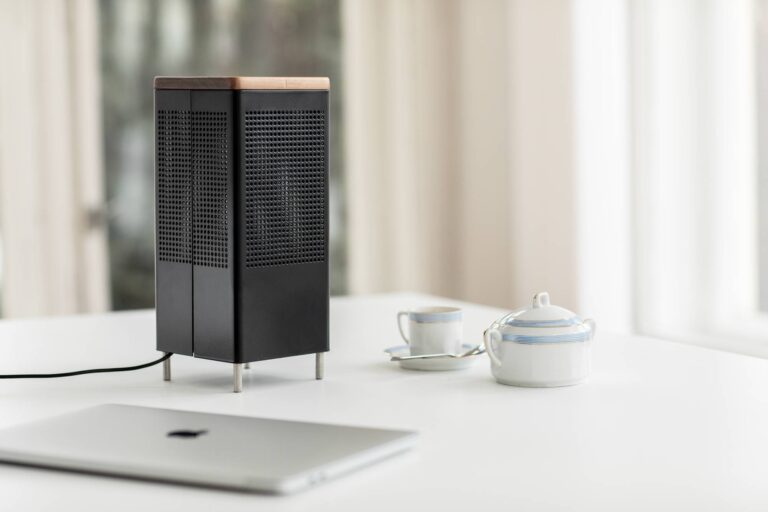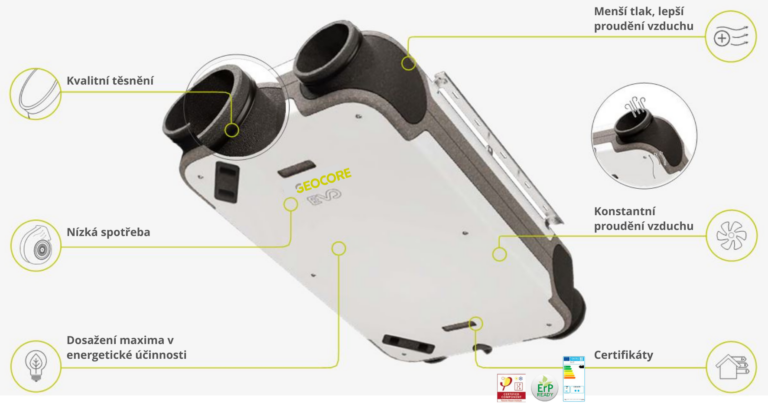Nespornými výhodami a benefity topně-chladicích sálavých systémů jsme se v minulosti zabývali v několika článcích. Pokud vás zajímají obecné výhody systémů, čtěte zde, pokud máte před sebou rekonstrukci domu a přemýšlíte nad alternativami vytápění a chlazení vašeho domu, může vám rozšířit obzory například tento článek. Topně-chladicí sálavé systémy jsou nejefektivnějším způsobem přenosu tepla. Také proto jsou ideální volbou pro energeticky úsporné budovy. V následujícím textu se zaměříme na výkon systému v souvislosti s materiály, ze kterých je možné je instalovat.
Měď, hliník nebo plast?
Stropní sálavé systémy je možné pořídit v několika materiálových variantách. Materiálové varianty nebo také teplosměnné plochy, které ve vašem interiéru slouží jako výměník tepelné energie (sálají teplo nebo chlad), mají díky své odlišnosti různé výkonové vlastnosti a tepelnou vodivost. Než se tak pustíte do výběru topně-chladicího systému, zvažte, do kterého materiálu bude investice nejvýhodnější. Pro srovnání jsme vybrali ty nejčastější, které si u nás zákazníci pořizují. Je to systém vyrobený z plastu, z mědi a hliníku a nebo karbonový (uhlíkový) systém. Kromě společných výhod všech jako je neviditelnost systémů v interiéru a komfortní funkčnost bez jakéhokoliv hluku, disponují rozdílnými materiálovými vlastnostmi, na které se zaměříme níže.
Systém s plastovým výměníkem
Systémově se jedná o plastové potrubí v kombinaci se sádrokartonovou desku. Potrubí pro rozvod chladu/tepla je buďto vestavěné nebo je instalované nad SDK deskou. Systém je určený pro suchý systém výstavby s rychlou montáží a je vhodný zejména pro renovace. Nevýhodou systému je ale plastové potrubí s problematickou životností systému. Ta je u tohoto materiálu omezená a závislá na teplotě. Obvykle plasty ze kterých se vyrábí stropní výměníky nemají kyslíkovou bariéru, tudíž se systémy zavzdušňují a kovové části v hydraulice systému korodují. Celý systém se tak musí oddělit výměníkem, na kterém jsou obrovské výkonové ztráty a zdroj musí vyrábět o to vyšší teplotu pro vytápění a o to nižší teplotu pro chlazení.
Systém s kovovým výměníkem
Systém, který je složen z hliníko-měděné konstrukce skryté nad sádrokartonovým podhledem, je vhodný pro jakákoliv architektonická řešení. Lze s ním vytvářet také bezespáré celoplošné, nebo i ostrovní stropní podhledy. Díky tomu, že systém navrhujeme na míru pro konkrétní místnost, není problém s instalací vestavných stropních komponentů. Systém také kombinujeme se speciálními sádrokartonovými deskami se zvýšenou tepelnou vodivostí a možností absorpce hluku. Díky tomu, že je složen ze sádrokartonových desek a kovové konstrukce, je v tomto systému zaručen lepší výkon a tepelná vodivost, než u systému s plastovým výměníkem.
Systém s karbonovým výměníkem
Tento pokrokový systém pro celoplošné stropní podhledy využívá výhod výše popsaného kovového systému a posouvá hranice výkonu ještě dál. Výhodou je jeho konstrukční lehkost v kombinaci s vysokým výkonem a výbornými akustickými vlastnostmi. Stropní podhled je v tomto případě složen z karbonové desky, se zabudovaným měděným potrubím pro rozvod tepla a chladu. Zásadní rozdíl od systému s plastovým výměníkem je zde ovšem v materiálu rozvodů. Měděné potrubí disponují dlouhou životností a skvělou vodivostí, která je navíc podpořena skvělými vlastnostmi karbonové desky.
Srovnání výkonů a tepelné vodivosti materiálů
Pokud bychom chtěli materiálové vlastnosti systému vyčíslit, můžeme se krátce zmínit o výkonnosti a vodivosti materiálů v jednotkách ve kterých se tyto veličiny uvádí. Výkon stropního systému, tedy to, jakým způsobem je schopen přenášet teplo, měříme ve Wattech na m² (W/m²) a tepelnou vodivost ve Wattech na metr a kelvin. (W/mK)
| Materiál | Chladicí výkon (v %) | Tepelná vodivost (v %) |
| Plast | 40 | 0,22 |
| Hliník | 63 | 237 |
| Měď | 100 | 386 |
V tabulce vidíme, že plast má ze všech materiálů nejméně vhodné vlastnosti pro teplosměnné plochy. Jeho výkon je až o 60 % menší, než systém s karbonovým výměníkem, který disponuje měděnými trubkami. Tepelná vodivost (opět v porovnání s karbonovým systémem), nedosahuje ani 0,06% tepelné vodivosti mědi.
Instalace topně-chladicích stropů
